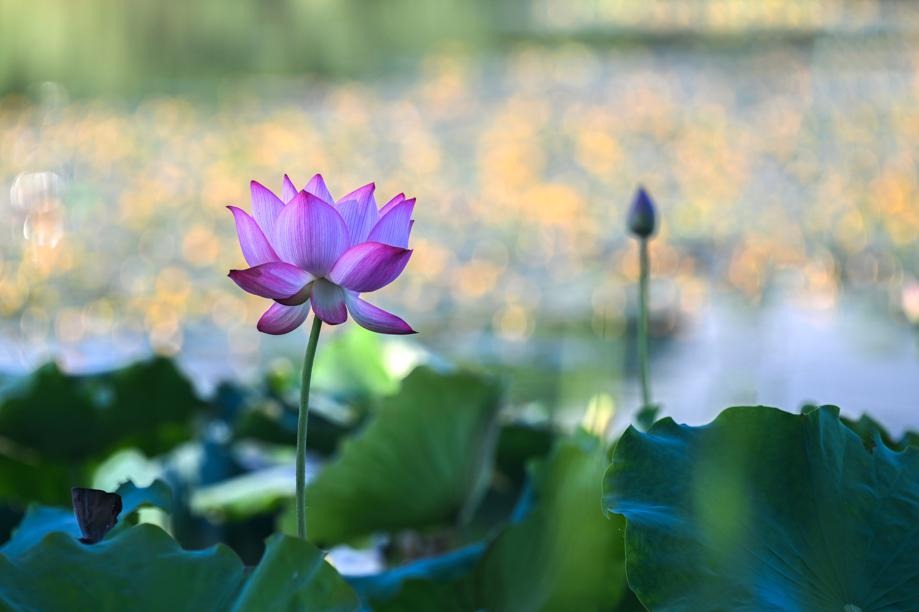Captive tiger breeding improves genetic quality

HARBIN - Chinese researchers are using artificial breeding with captive-bred Siberian tigers to improve their genetic quality.
There are about 1,000 Siberian tigers at the China Hengdaohezi Feline Breeding Center, the world's largest for tigers in captivity, in Hailin, Heilongjiang province. Researchers aim for about 100 newborn cubs every year.
"Not all adult Siberian tigers are fit to reproduce. If we do not control reproduction, the quality of the offspring will be affected," said Liu Dan, chief engineer at the center's Siberian Tiger Park. Researchers conduct DNA tests to select parents and prevent inbreeding, he said.
Most Siberian tigers have more than one cub at a time. It is common for a mother tiger to give birth to three, Liu said.
The oldest mother at the center is 15 years old. Some tigers can reproduce from the age of 4 until age 14, he said.
Researchers have also given the animals training for life in the wild.
"Wild training is an important way to maintain their quality. I hope one day we can release these captive-bred animals to the wild," he said.
Xinhua

- Beach of Fujiazhuang Park in Dalian attracts tourists to cool off
- Across China: Former site of CPC's first polytechnic institution for higher education opens to public
- China prosecutes 21 key members of telecom fraud crime group in northern Myanmar
- Cruising event held in Qingdao to celebrate 20th anniv. of establishment of Maritime Day of China
- China's Xizang launches first regular all-cargo air route
- Vice-premier urges continued efforts in China's flood control, disaster reduction




































